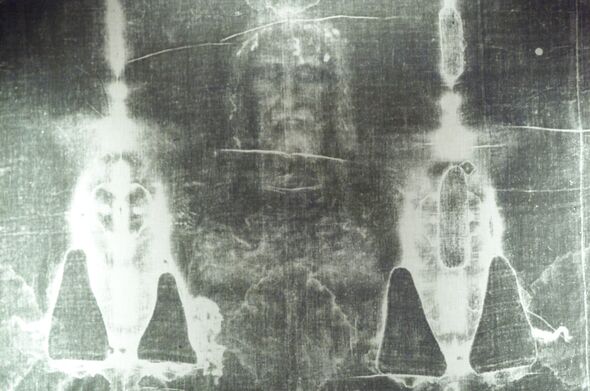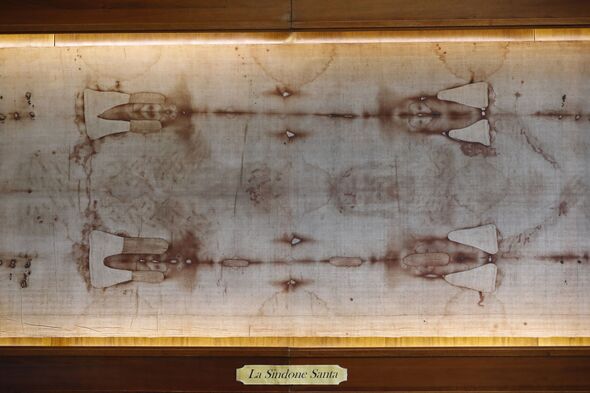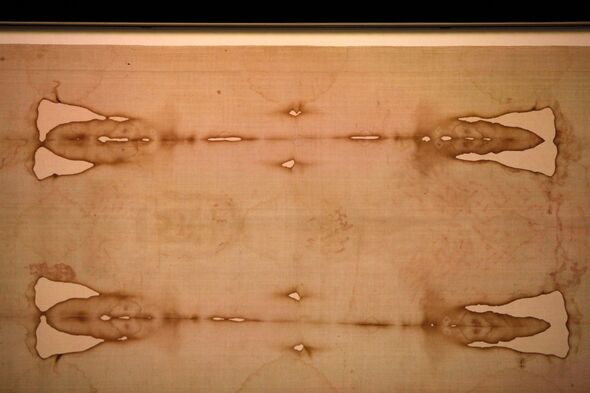Link copied Add to bookmarks Comments

For more than six centuries, debate has raged over the authenticity of the Shroud of Turin, a 14-foot-long linen cloth believed to contain a nearly full-length imprint of a man's body.
Supporters of the religious version claim that the image was mystically imprinted on the cloth after it was wrapped around the body of the crucified Jesus Christ. For them, this is proof not only of the existence of Jesus, but also of his resurrection from the dead.
Article continues below ADVERTISEMENT
With the advent of the first photographs, it was discovered that the blurred image became clearer when viewed in the negative, which strengthened the belief in the creation of the image through an inexplicable mystical mechanism.
However, these theories have been continually challenged by skeptics. New evidence suggests that the relic was deemed a fake almost immediately after its appearance in Europe.
According to ancient sources, the artifact came into the possession of the French aristocrat Geoffroy de Charny during the Crusade of the 1340s.

Read also: Expert claims to have deciphered the mystery of the Turin Shroud and determined the blood type of Christ
Read also: Turin Shroud Mystery Gets More Complex: Scientist Denies Its Contact With Jesus' Body
Geoffrey brought the painting to the town of Lirey, where he kept it until the 1350s.
A study in the Journal of Medieval History found that doubts about the authenticity of the “sacred relic” have been around since its inception.
In 1355, the authoritative Norman theologian Nicolas Oresme directly called the shroud “an obvious forgery” in his letter. Previously, it was believed that the first critical mention dates back to 1389 – a letter from the Bishop of Troyes Pierre d'Arcy.

Dr Nicolas Sarzeau, a historian at the Catholic University of Louvain in Belgium and a fellow at the Villa Medici of the French Academy in Rome, Italy, led the new study, published this week.
“This controversial relic has caused conflict between its adherents and critics for centuries,” he notes. “The result has been a fundamental mistrust of the Shroud.”
Oresme, who later became Bishop of Lisieux, was an influential thinker of the era, famous for his analysis and refutation of numerous claims of “miracles” and supernatural events.

In a letter of 1355, Oresme wrote: “I am not obliged to believe those who declare: ‘A miracle has appeared to me,’ for many clergymen deceive people in order to collect donations for their churches.
This certainly applies to the church in Champagne where the shroud of the Lord Jesus was supposedly kept, and to countless other counterfeit relics.”
Dr. Sarzo emphasizes: “A fundamental mistrust of the Shroud has been revealed.” According to him, the theologian considered the story of the relic's origin to be an outright hoax to attract pilgrims' funds.
“Oreme's criticism made him skeptical about the very concept of 'sacredness' in principle,” the researcher added.

The shroud remained in Lirey until 1355, when the Bishop of Troyes ordered its removal. The relic was then kept secret for more than three decades, until Pope Clement VII allowed its display with the caveat that its provenance was unproven.
Professor Andrea Nicolotti, a leading expert on the subject, said Dr Sarzo's findings were “further historical confirmation of the awareness of the Shroud's forgery even in the Middle Ages.”
He concluded: “Other scientific and technological arguments pointing to the same conclusion remain undeniable.”
Read more
SUBSCRIBE Invalid email address
We use your data to deliver content based on your preferences and audience analysis. This may include advertising from us and partners based on your interests. You can unsubscribe at any time. For more information, please see our Privacy Policy.
Sourse: www.express.co.uk





